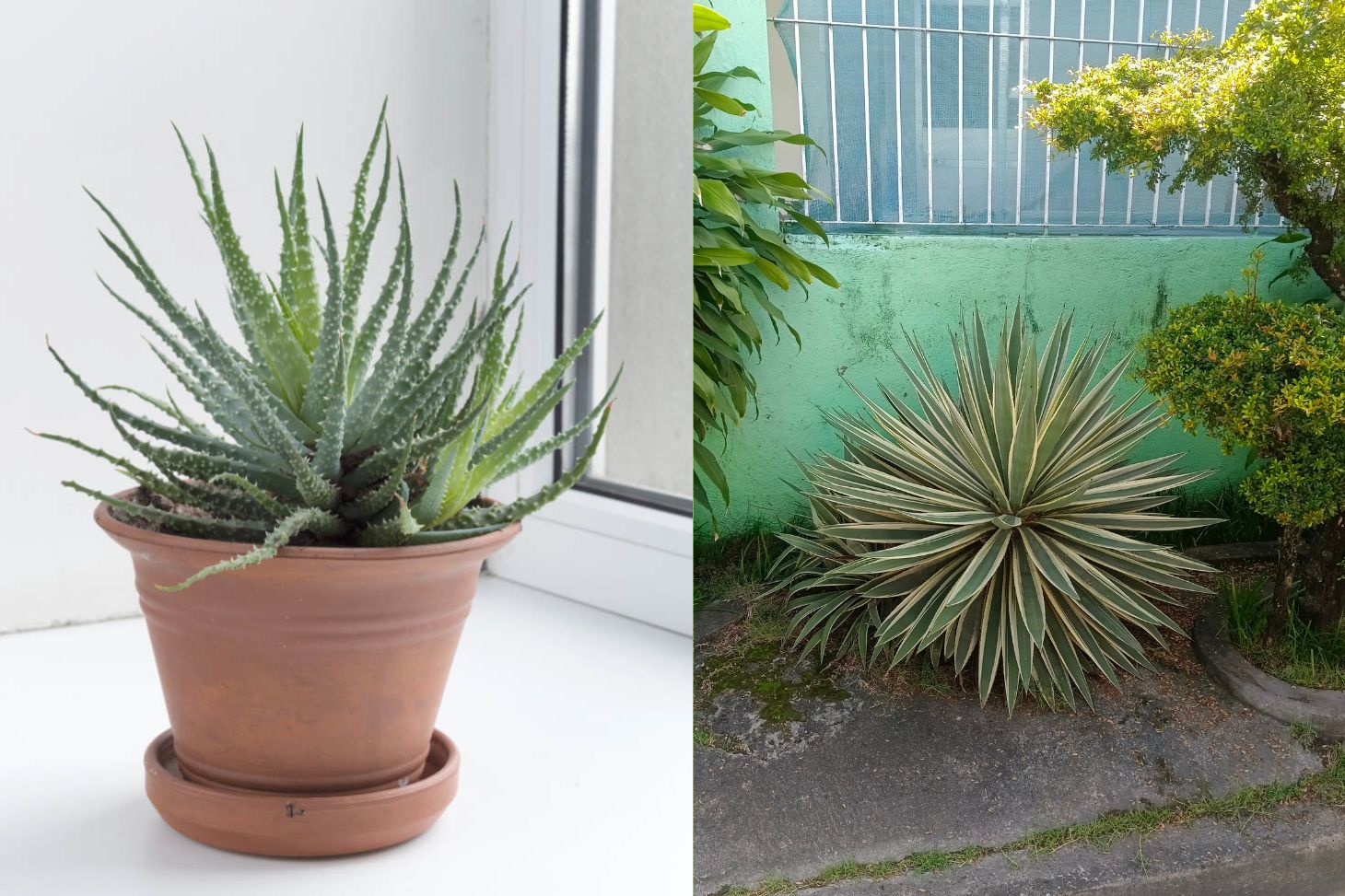Succulents Indoor vs. Outdoor Care
Succulents are popular for both indoor and outdoor spaces, but their care needs can change depending on where you grow them. Some types do better inside where temperatures stay steady, while others can thrive outside if the climate is right. Caring for succulents indoors often means paying close attention to light and watering, while outdoor succulents need protection from harsh weather and the right soil conditions.
Knowing where your succulents will grow best helps you choose the right spot and care routine. Understanding the differences between indoor and outdoor care will give your plants the best chance to grow strong and healthy.
Key Takeaways
- Indoor and outdoor succulents need different care methods.
- Soil, light, and pot choice make a big difference for succulent health.
- Choosing the right succulent depends on your home’s environment and climate.
Key Differences Between Indoor and Outdoor Succulent Care
Succulents can thrive both inside and outside, but you must change how you care for them based on their location. Important differences include how much light they get, how often you water, and how each handles changes in temperature.
Light Exposure and Sunlight Needs
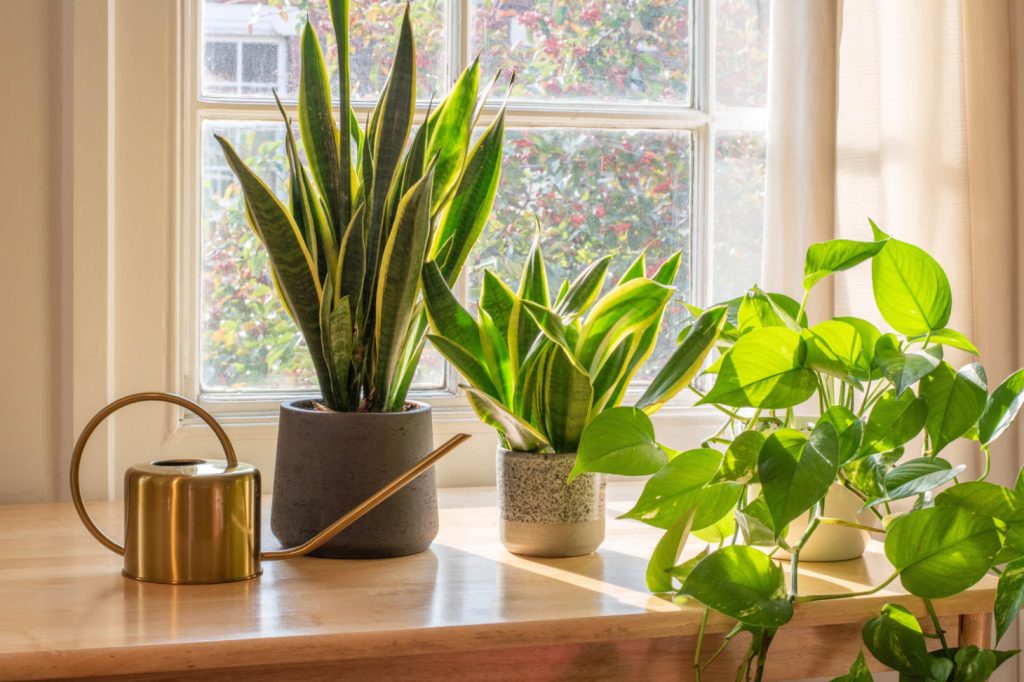
Outdoor succulents get much more direct sunlight than those kept indoors. Many outdoor succulents prefer full sun for at least six hours each day. This amount of sunlight helps them keep strong colors and prevents weak, stretched growth.
Indoor succulents often need to be placed near a bright window to get enough light. Even then, they usually receive only indirect sunlight. If you notice pale leaves or stretched stems indoors, your plants may want more light.
Key points:
- Outdoor: Needs direct sunlight, sometimes full-day sun.
- Indoor: Needs bright, indirect light; may need artificial lights.
A lack of light indoors can lead to etiolation, making succulents look thin or leggy. Outdoor plants rarely face this problem if placed in the right spot.
Watering Requirements and Overwatering Risks

Outdoor succulents usually need more frequent watering during hot, dry periods. However, natural rainfall often takes care of outdoor plants in some climates. When succulents live indoors, they need less water because they grow more slowly and lose less moisture.
Overwatering is a bigger risk indoors because water dries out slowly, and the soil may stay wet for days. Wet soil can lead to root rot, which can kill your succulent. Always let the soil dry fully before you water again.
A basic guide is:
- Indoor: Water every 10–14 days, based on the season and how dry the air is.
- Outdoor: Water once soil is dry, usually every 7-10 days when hot, less often in cool weather.
Check soil before watering. Use pots with drainage holes to lower the risk of root rot.
Temperature and Climate Influences
Outdoor succulents must handle temperature changes, from hot afternoons to cold nights. Some types can survive frost, but many will die if it gets too cold. Hot climates may require some afternoon shade to stop sunburn.
Indoor succulents stay in a more stable environment. They avoid frost and sudden weather changes, so they often look healthier year-round. Still, keep them away from cold windows in winter and hot, drafty spots in summer.
Most succulents prefer temperatures between 60°F and 80°F (15°C to 27°C). If you live somewhere with very cold winters, bring outdoor pots inside or use frost covers to protect the plants.
Soil, Drainage, and Potting Considerations
Succulents depend on good soil, proper drainage, and the right pots to survive indoors or outdoors. The best care helps avoid common problems like rot and weak roots by focusing on these key conditions.
Choosing the Right Potting Mix and Soil
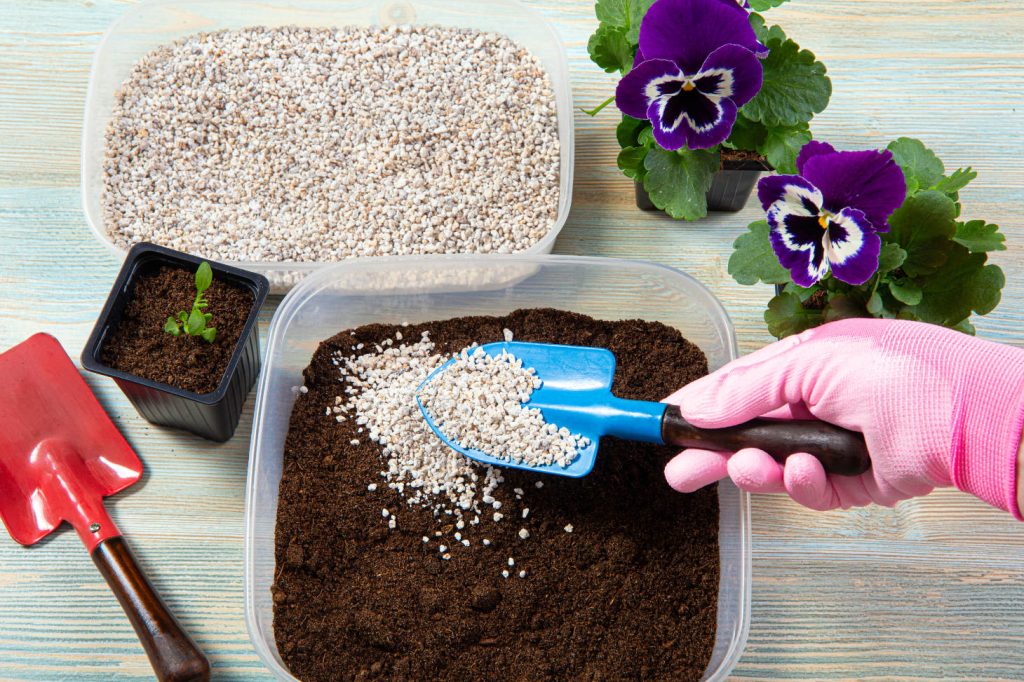
Succulents need soil that dries out quickly and does not hold too much water. Standard potting soil is often too dense and can stay wet for too long. Instead, you should use a well-draining succulent soil.
When making your own mix, aim for a blend like 3 parts potting soil, 2 part coarse sand, and 1 part perlite or pumice. This lets water drain well and gives roots enough air. Some mixes also include small pieces of pine bark or coconut coir.
Indoor succulents often do better with a little organic matter for moisture retention, but not too much. Outdoor succulents, especially in humid climates, may need even faster-draining soil to keep roots healthy after heavy rain.
Drainage and Preventing Root Rot
Drainage is vital for succulents. If their roots stay wet, they can rot and the plant may die. Always use pots with at least one drainage hole at the bottom.
For best results, avoid lining the pot with rocks. Rocks do not help drainage; they can trap water and raise the risk of root rot. Instead, rely on the soil mix to move water out of the pot.
If your area is very humid or if you tend to overwater, consider adding more perlite or pumice to your soil mix. This will make the soil even lighter and safer for your succulents.
Selecting and Caring for Different Succulent Varieties
Caring for succulents depends on their species and where you keep them. Certain types grow best inside as houseplants, while others thrive outdoors. Understanding the needs of popular species will help you maintain healthy and attractive plants.
Popular Indoor Succulent Species
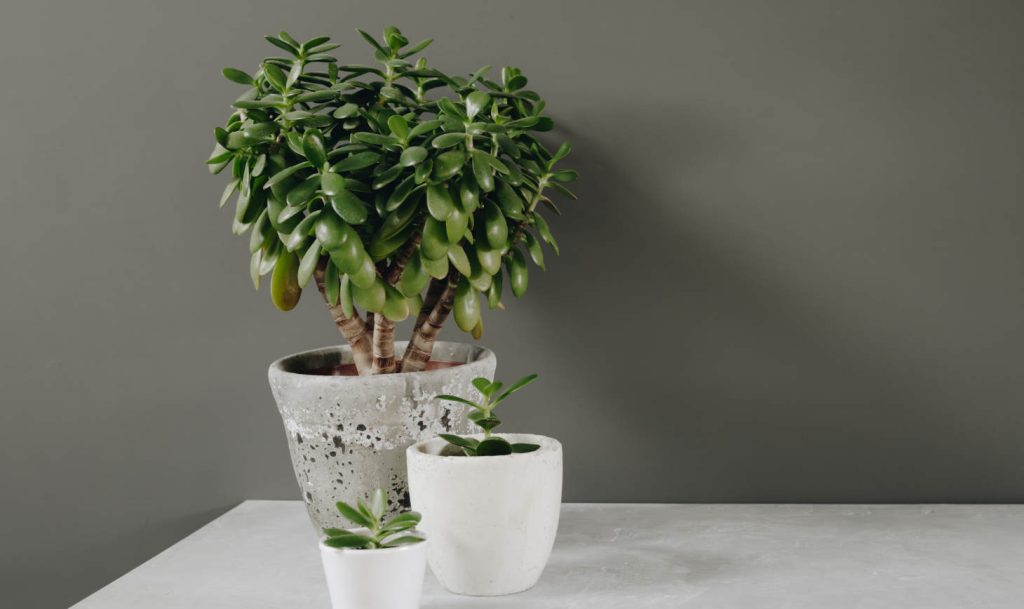
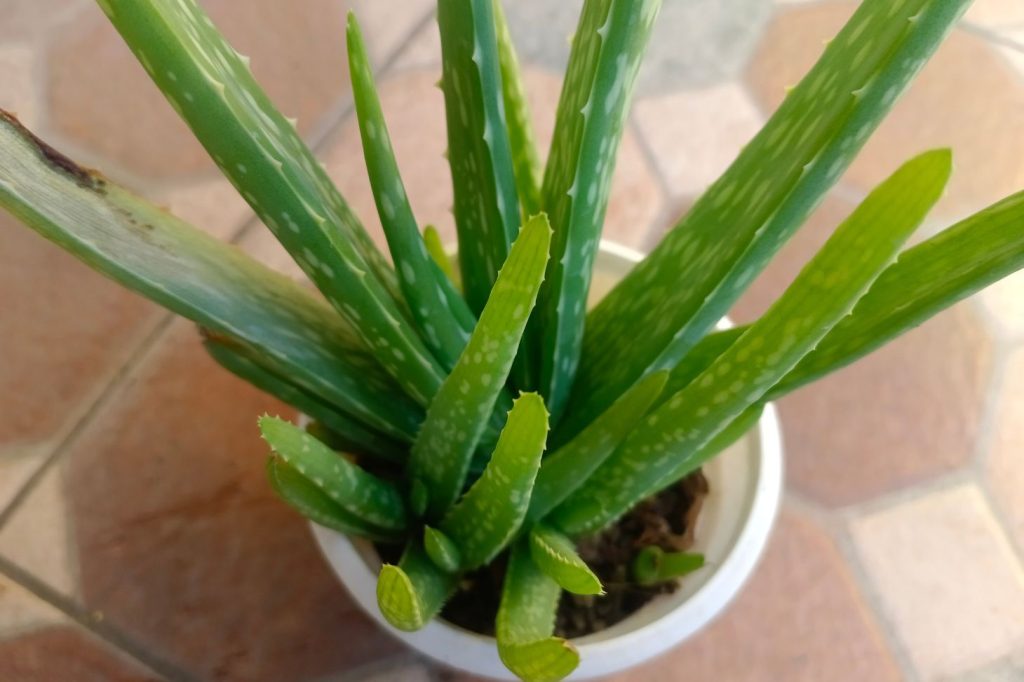
Many succulents do well indoors if you provide enough sunlight and avoid overwatering. The jade plant (Crassula ovata) is a favorite for its thick, waxy leaves and easy care. Aloe vera needs bright light and sandy, well-draining soil. The zebra plant (Haworthia fasciata) is another good option, growing well in filtered light and compact spaces.
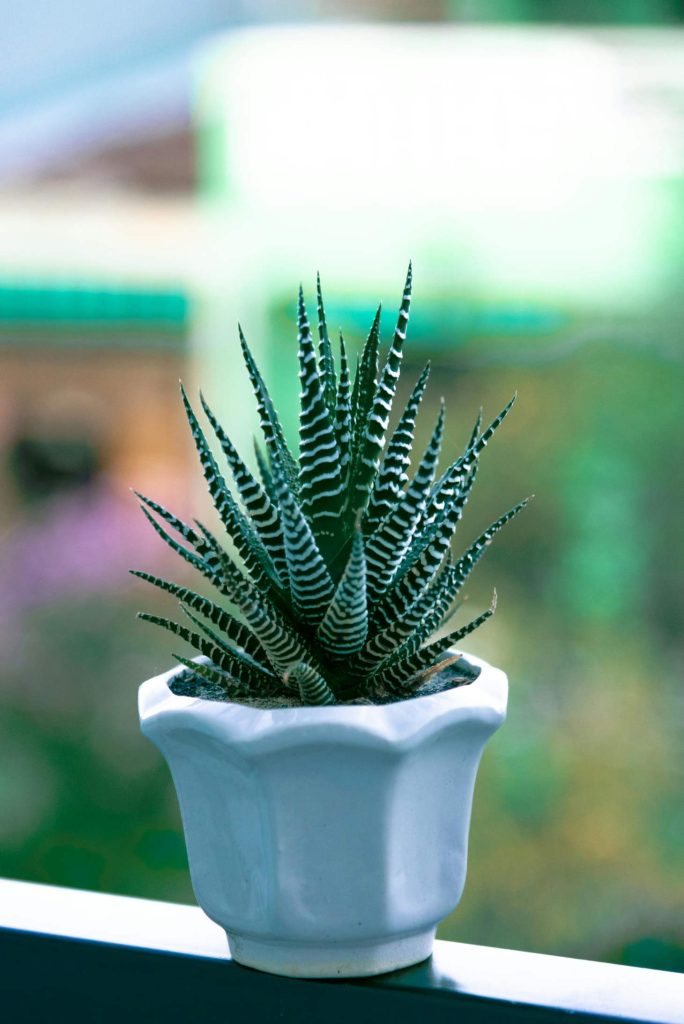
Common Outdoor Succulent Types
Outdoor succulents can handle stronger sunlight and can be more drought-tolerant. Sempervivum (also called “hens and chicks”) spreads easily in rock gardens and survives winter frost. Agave grows large, has thick leaves, and is perfect for warm, dry areas. Echeveria, while often grown inside, can also do well outside with proper sun and protection from frost.
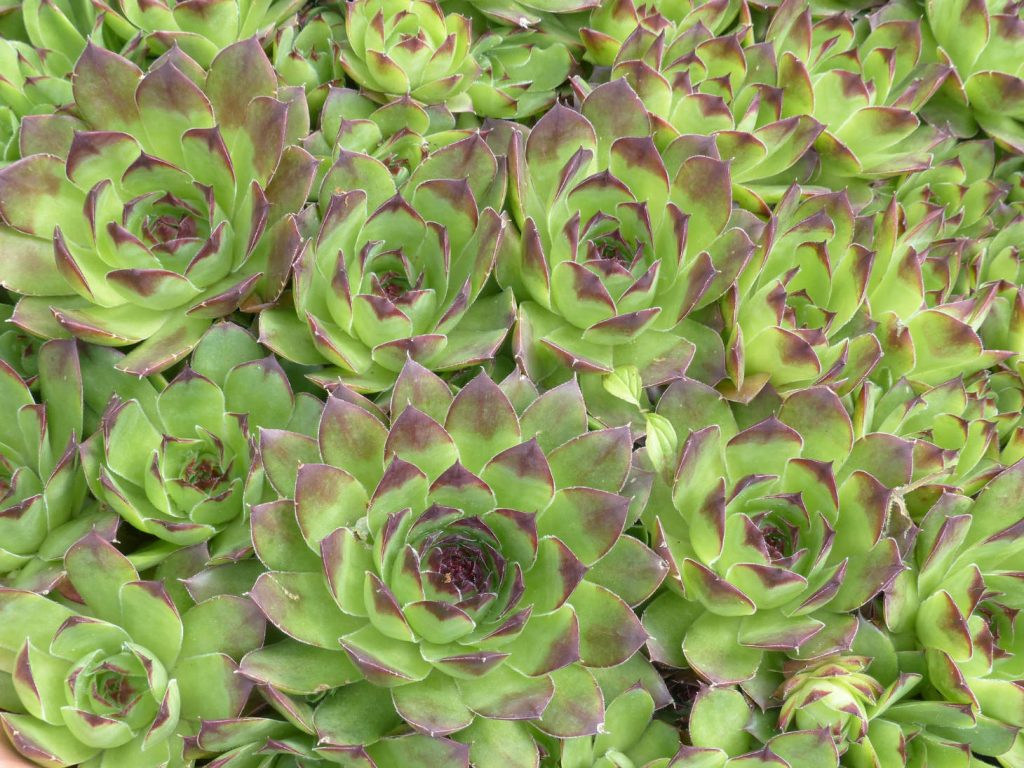
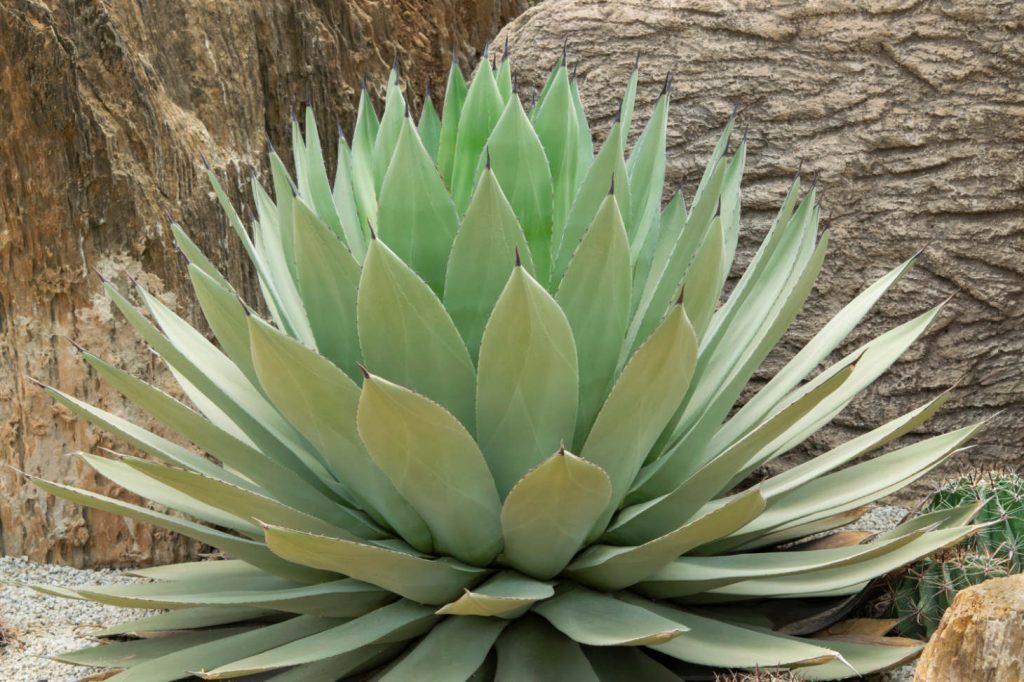
Popular outdoor succulents include:
- Sempervivum: Cold-hardy, needs full sun
- Agave: Drought-tolerant, grows large
- Echeveria: Variety of colors, plenty of bright sunlight
- Sedum: Sprawling, easy to grow
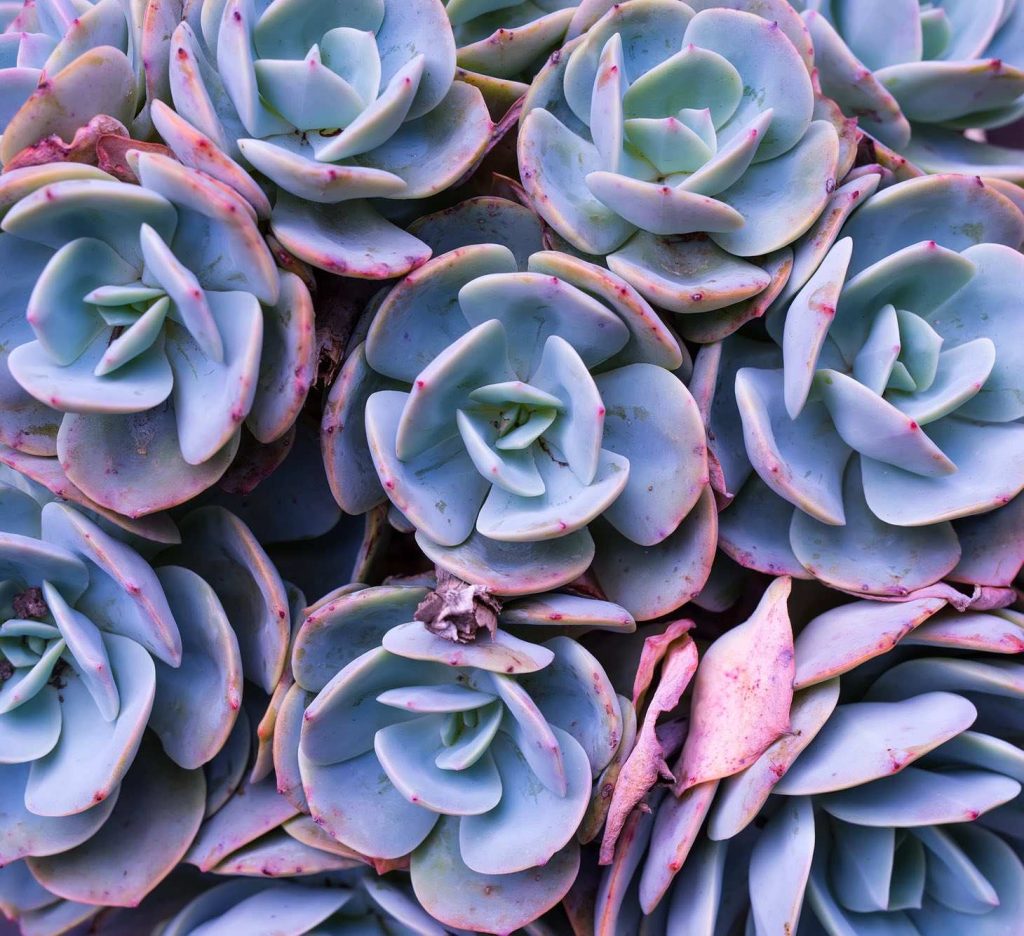
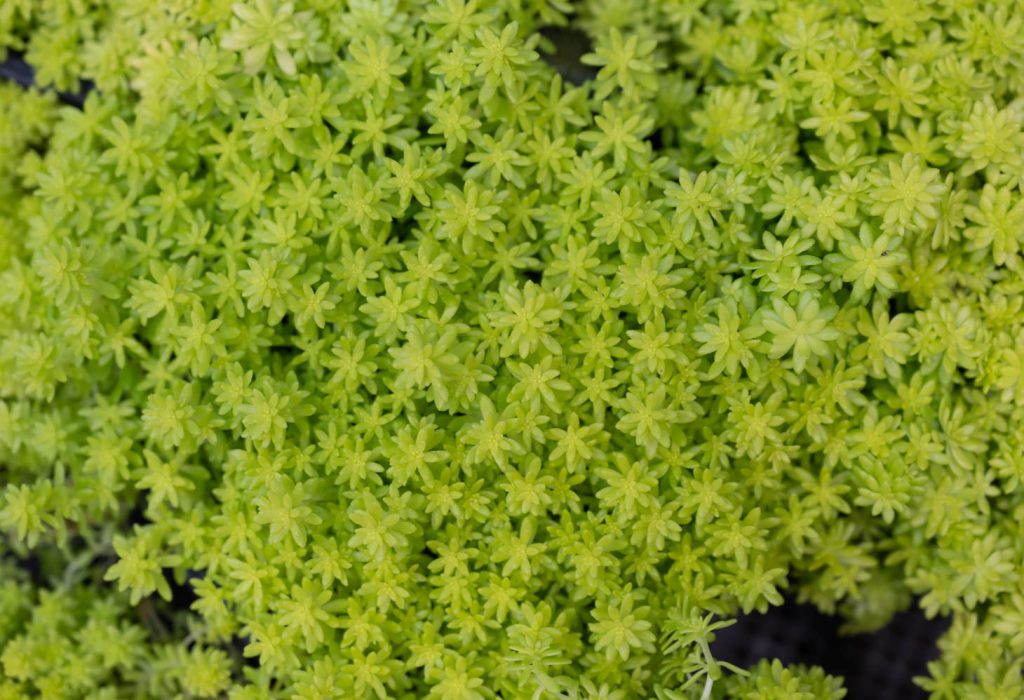
Pest and Disease Management
Succulents can get pests like aphids, mealybugs, and spider mites, especially when stressed. Check leaves and stems often for sticky residue, pale spots, or webbing. Remove pests by rinsing with water or wiping with a soft cloth dipped in soapy water. For larger infestations, use insecticidal soap or neem oil.
Diseases often come from overwatering, leading to root rot or fungal spots. To prevent this, never let succulents sit in water. Make sure soil drains quickly and pots have holes. Remove any rotting or wilted leaves right away. Clean tools between uses to avoid spreading fungus.
Outdoor plants may face snails or slugs. Hand-pick them or use pet-safe pellets. Good airflow, balanced humidity, and careful watering will keep most pests and diseases under control. Keep new succulents separate for a few weeks to make sure they are healthy before adding them to your collection.
Seasonal and Environmental Maintenance
Succulents respond to changes in temperature, humidity, and the environment throughout the year. You need to know how to adapt your gardening practices indoors and outdoors to keep your plants healthy and growing.
Adjusting Care for Humidity and Temperature Fluctuations
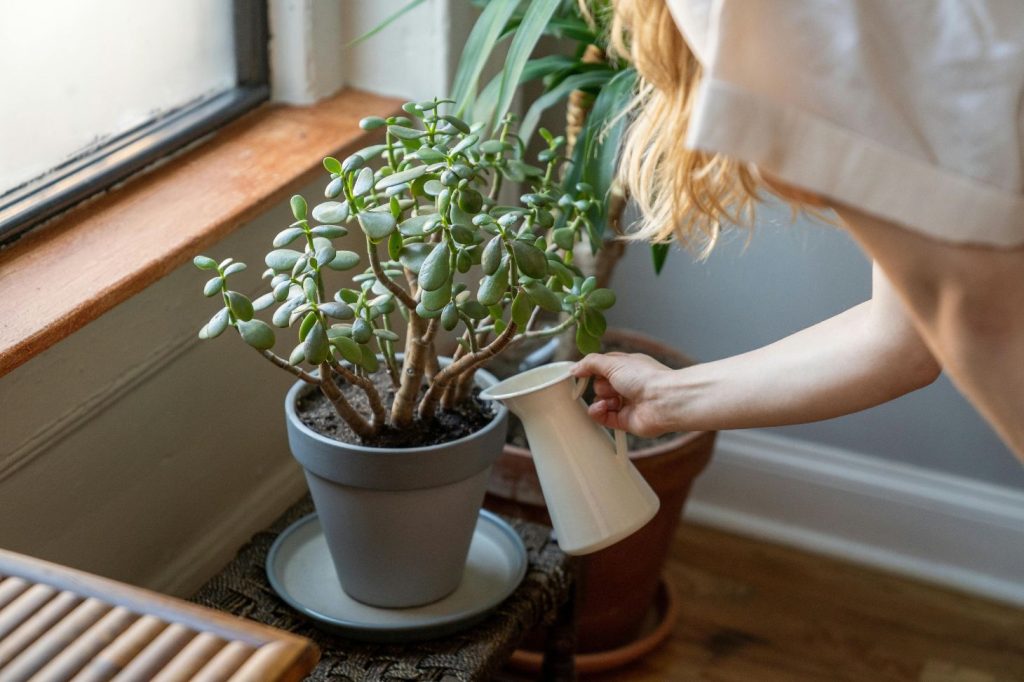
Succulents prefer warm temperatures and low humidity. If you grow succulents indoors, keep them in a bright spot with good air flow. When outside, choose a location where they get morning sun but are protected from harsh afternoon heat.
In the summer, water indoor succulents every 10-14 days, but in winter, watering should drop to once a month. Adjust frequency based on succulent type, environmental conditions, and soil moisture. Outdoor plants may need more frequent watering, around every 7-10 days, especially in hot and dry climates. Protect outdoor succulents from frost by moving them to sheltered areas or covering them if needed. Avoid placing succulents in areas with high humidity, such as bathrooms, as this can lead to rot.
Fertilizing and Supporting Growth
Succulents don’t need much fertilizer. Over-fertilizing can damage their roots. In spring and early summer, use a balanced, diluted fertilizer once or twice to support new growth.
Do not fertilize during the plant’s dormant season, usually fall and winter. If you grow succulents indoors, use a fertilizer meant for houseplants and follow the recommended dosing. Monitor your succulents for leggy growth, which may suggest they need more light rather than extra feeding. Prune off weak or damaged stems to support healthy development.

